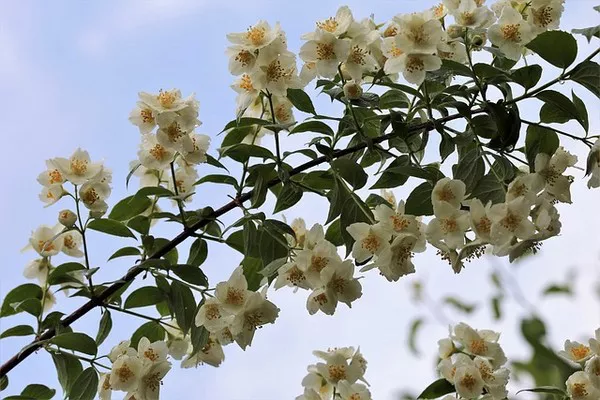Turkey’s cut flower production, primarily centered in Antalya, plays a crucial role in the country’s economy, with exports reaching 33 countries in Europe, notably the Netherlands. While carnations make up approximately 80% of these exports, ranunculus, dianthus barbatus, gerbera, solidago, and other flower varieties constitute the remaining 20%. This sector contributes significantly to Turkey’s foreign currency inflow, providing $165 million annually from the export of 1 billion flower stems, including 600 million carnations.
Carnations, cultivated mainly in greenhouses in the Kepez district of Antalya, are highly sought after for special occasions such as New Year’s Day, Valentine’s Day, Mother’s Day, and Women’s Day.
At a recent sectoral analysis meeting addressing the challenges and solutions in Antalya’s cut flower sector, Ali Candir, President of the Antalya Trade Board, highlighted some of the sector’s pressing issues. He noted that 90% of production areas are rented, making it challenging to implement modern systems and increasing production costs. With rising labor costs, growers are planting more frequently to maintain a balanced profit rate.
Despite being the world leader in carnation production, Turkey has struggled in terms of marketing its products effectively. Candir emphasized the need for greater cooperation and organization within the sector, advocating for growers to export collectively through foreign trade companies rather than as individual entities. By doing so, growers can enhance their negotiating power and reduce logistics and administrative costs.
Osman Bagdatlioglu, a cut flower producer and former President of the Central Anatolian Ornamental Plants and Products Exporters Association, drew a parallel between the marketing challenge in the cut flower sector and Turkey’s issues with hazelnut exports. He highlighted that Turkey dominates carnation production but often fails to export it with added value.
Bagdatlioglu suggested that diversifying production with state incentives would help address the marketing problem. By expanding the range of flower varieties, Turkey could better compete in the global market and avoid price pressure due to surpluses. He emphasized that other countries successfully sell various flowers and ornamental arrangements alongside carnations, and Turkey could benefit from a similar approach.
In conclusion, while Turkey’s cut flower sector is a significant contributor to the economy, challenges related to marketing and production diversification need to be addressed for sustained growth and global competitiveness.


